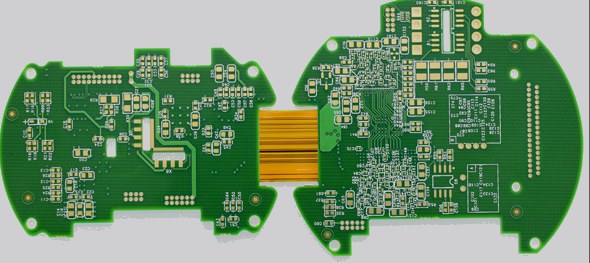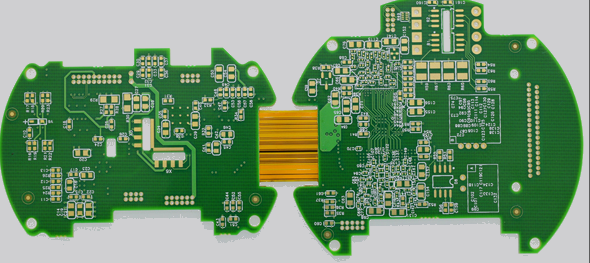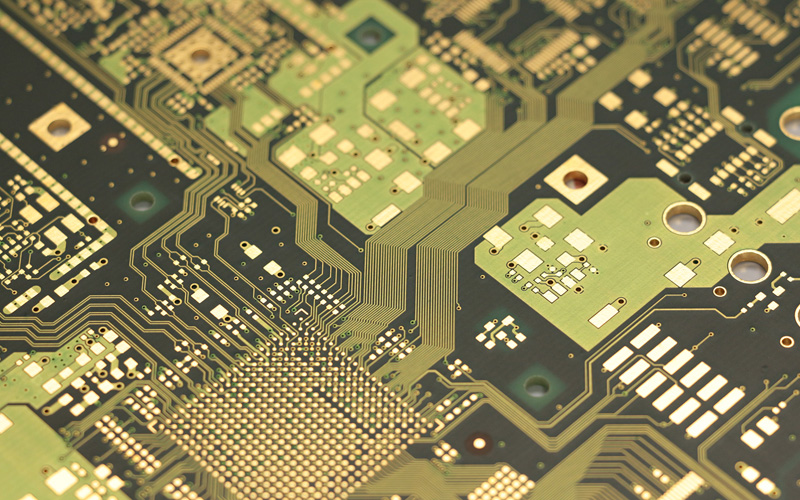
Some friends asked Xiaobian that FPC has become the main battlefield in the mobile phone industry, so what parts of the mobile phone need to use FPC? Here, Xiaobian will explain in detail.
Flexible printed circuit (FPC) is a highly reliable and excellent flexible printed circuit board made of polyimide or polyester film. It has the advantages of high wiring density, light weight, thin thICkness, bendability, high flexibility, and can withstand millions of times of dynamic bending without damaging the wires. It can move and expand freely according to the spatial layout requirements to achieve three-dimensional assembly, achieve the effect of integration of component assembly and wire connection, and has advantages that other types of circuit boards cannot match.

FPC can be divided into PI, PET and PEN according to the type of substrate film. Among them, PI coated film FPC is the most common type of soft board, which can be further subdivided into single-sided FPC, double-sided FPC, multi-layer FPC and rigid flex combined FPC.
FPC was originally only used in military fields such as space shuttles. Now, with its thin and flexible characteristics, FPC caters to the trend of downstream electronic products and has rapidly penetrated into civilian fields, gradually covering consumer electronics, automobiles, industrial control, medical, instrumentation and other fields.
Mobile phone FPC flexible board
The application of mobile phone FPC is the main battlefield. At present, the FPC in SMArt phones is dominated by double-sided boards, while the rigid flex FPC is very suitable for the needs of display panels, batteries and camera modules. According to relevant forecasts, by 2020, the output value of rigid flexible joint FPC will reach 2.317 billion US dollars, which will become one of the main development directions of FPC industry in the future.
FPC flexible board is mainly used in mobile phones, such as mobile phone CAMera, mobile phone antenna, mobile phone capacitive screen, mobile phone buttons, mobile phone batteries, mobile phone modules, mobile phone cable, hand keys, etc. And its light, thin, short and small performance saves a lot of space inside the mobile phone, so FPC is widely used in mobile phones.
The mobile phone MARKet share continues to focus on major brand FPC manufacturers, and the domestic manufacturer group breaks through the tide. Local manufacturers are expected to share development dividends, and future development dividends. FPC is expected to achieve explosive growth on flexible phones in the future.
Research data shows that China, as an important region of global smartphone production, has always accounted for more than 40% of global smartphone shipments since 2015. The smartphone shipments increased from 343 million in 2013 to 536 million in 2015. In 2016, the annual shipments were 629 million. Although the growth of the mobile phone market slowed down, the share of domestic smart phones continued to rise. HOV, Xiaomi and others made collective breakthroughs, When Samsung's share continues to decline and Apple's share encounters a bottleneck, it is expected that the relevant FPC industry chain in China will also benefit from this trend.
At the beginning of 2016, Reflex, the world's first flexible screen smartphone, was launched. In the future, FPC is expected to shine brightly on flexible phones and achieve considerable development. Especially in 2019, with the arrival of the 5G era and the development of the Internet of Things, mobile FPC will usher in new business opportunities.









